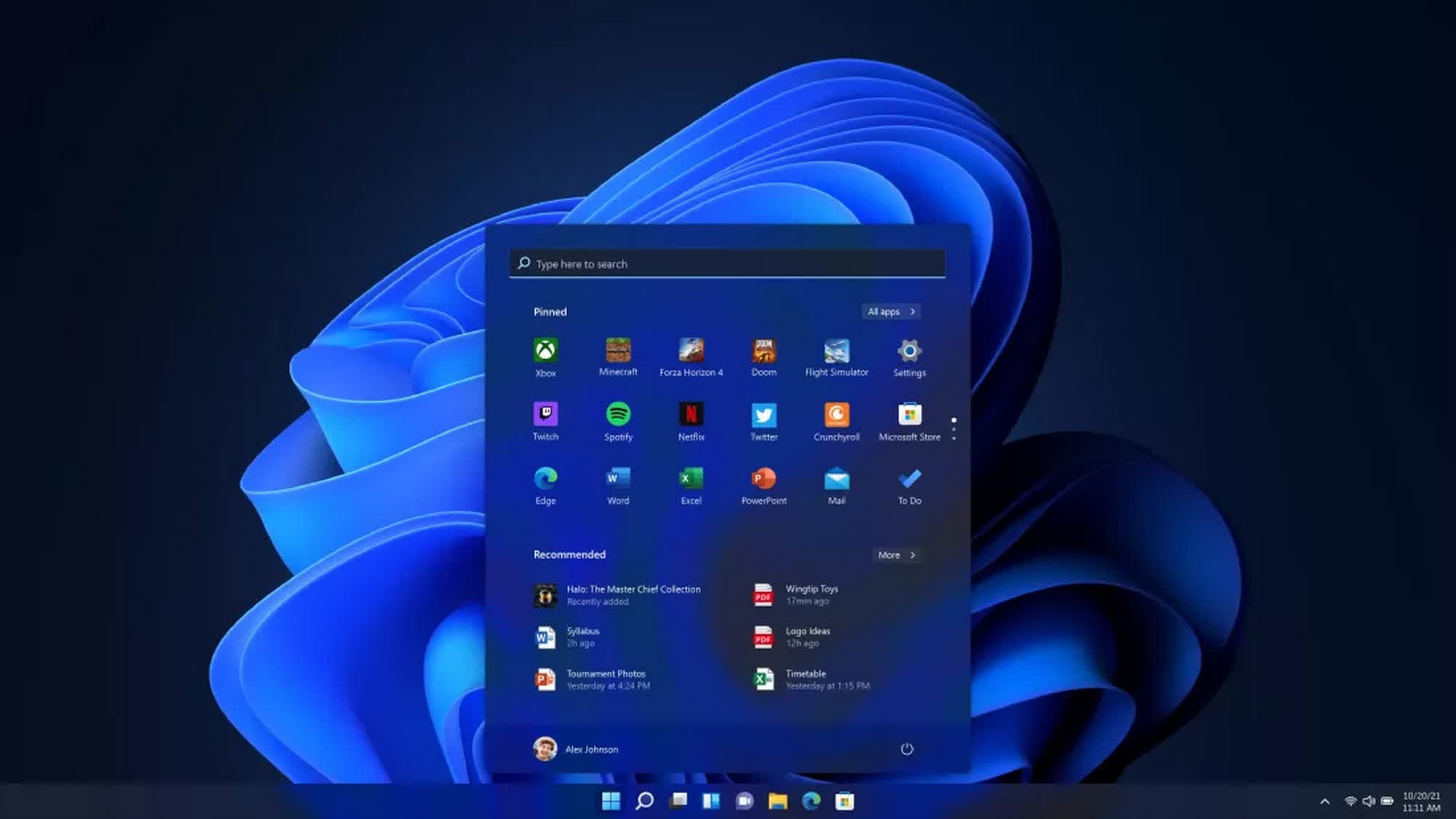Anybody running a Windows 11 NAS or a Windows NAS? I started kicking around the idea of running a low power CPU in a tower case with Windows 11 using a SSD for the OS and creating a RAID for the NAS using a virtual Windows 11 and SSDs. What do you think? I think this would be a good long-term solution. I am thinking I have 2 options for backup. I could take a snapshot of the virtual for backup or I could use robocopy to keep the data in sync which would be a backup with readable files. This kind of appeals to me. Robcopy would only need to backup the deltas for backup. I could create a batch file to run.
I would need a tower case with current gen Intel chipset so it would last long term. This would be cheaper than a larger NAS. I need my NAS to be quiet above all else. No spinning hard drives unless I use just 1 which is where I started.
PS
I am going to run an ethernet physical port for the virtual so to make things easier with its own IP address.
I would need a tower case with current gen Intel chipset so it would last long term. This would be cheaper than a larger NAS. I need my NAS to be quiet above all else. No spinning hard drives unless I use just 1 which is where I started.
PS
I am going to run an ethernet physical port for the virtual so to make things easier with its own IP address.
Last edited:



